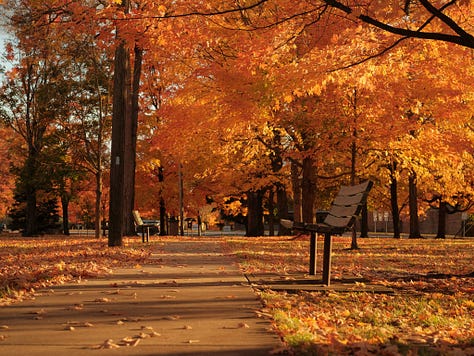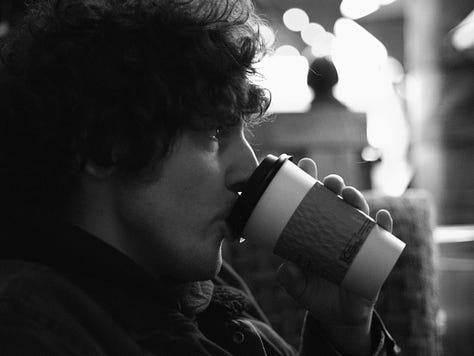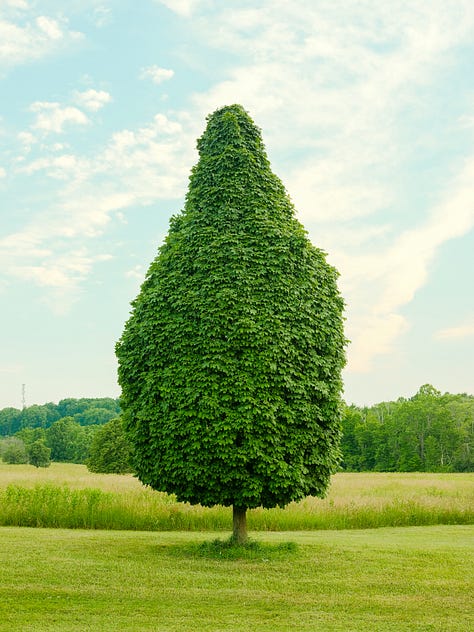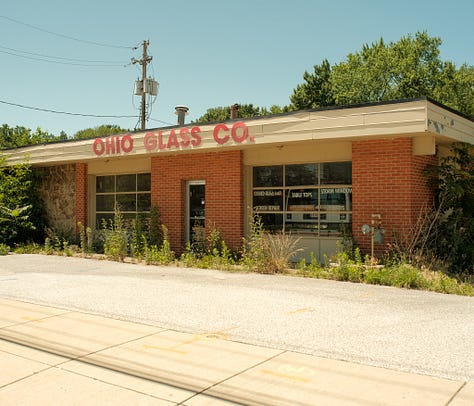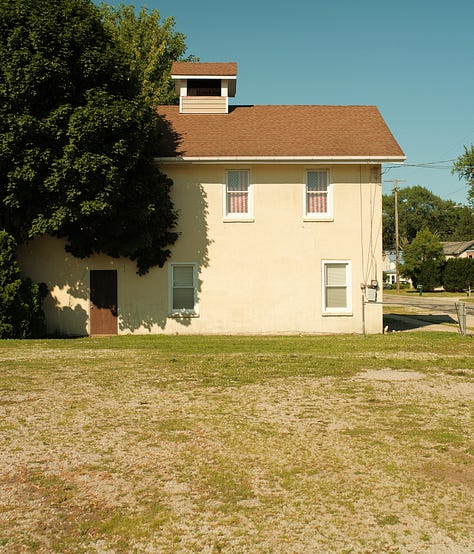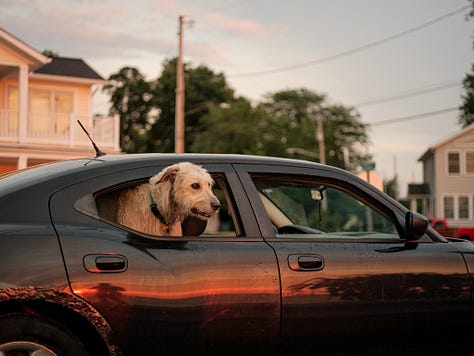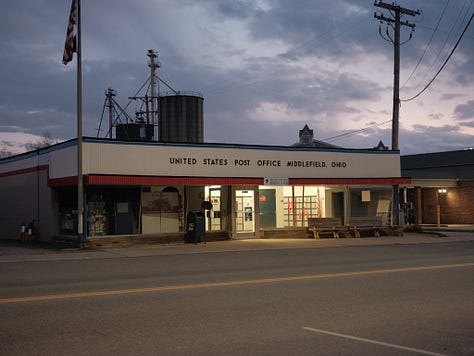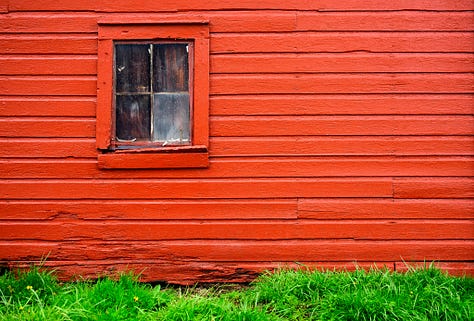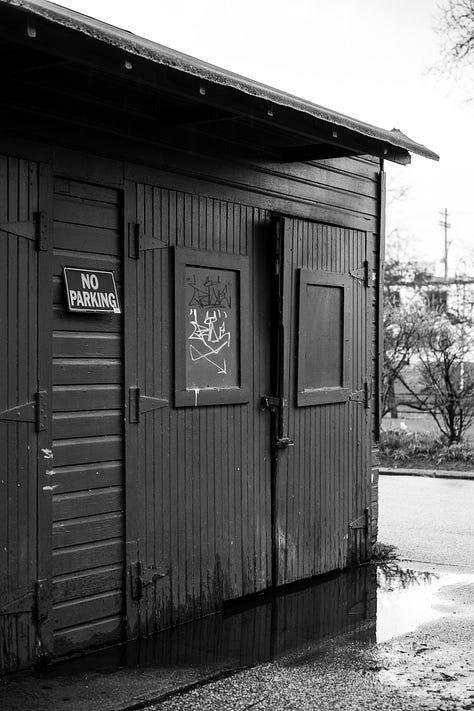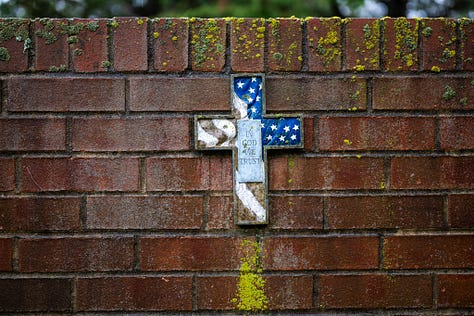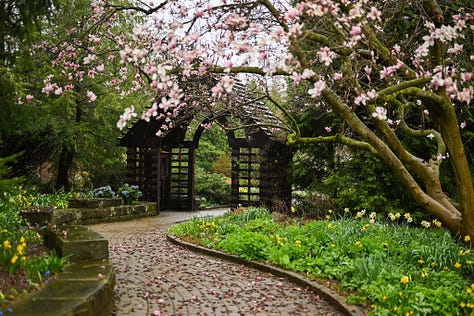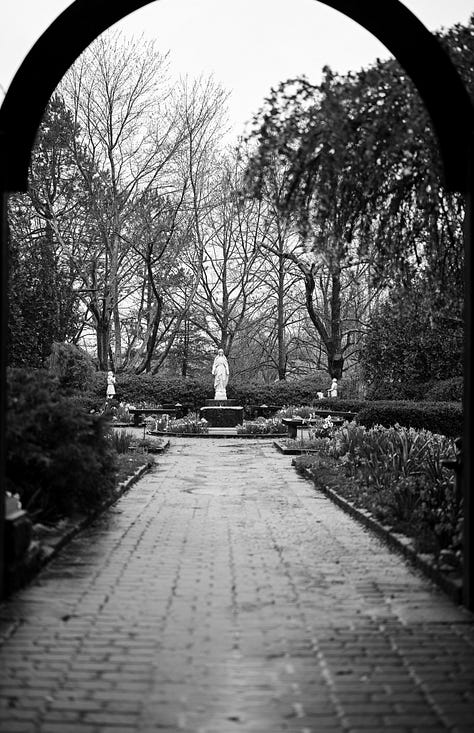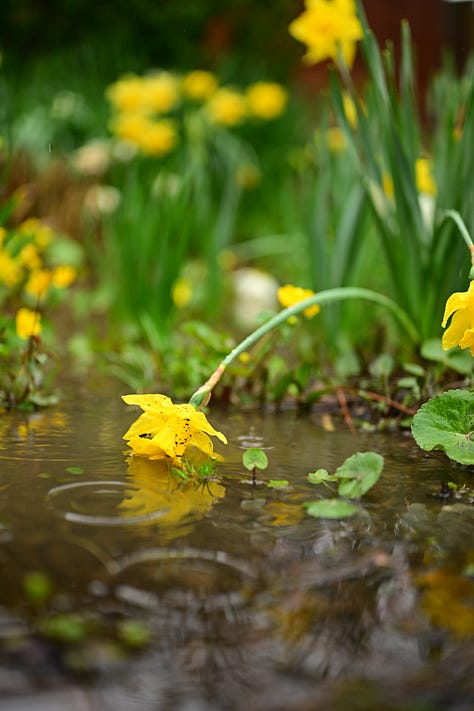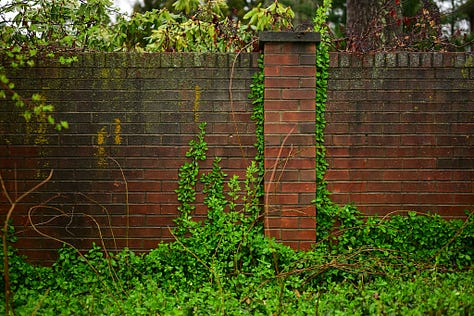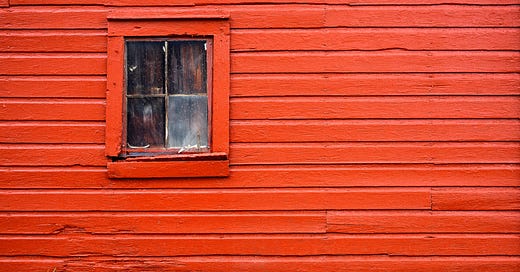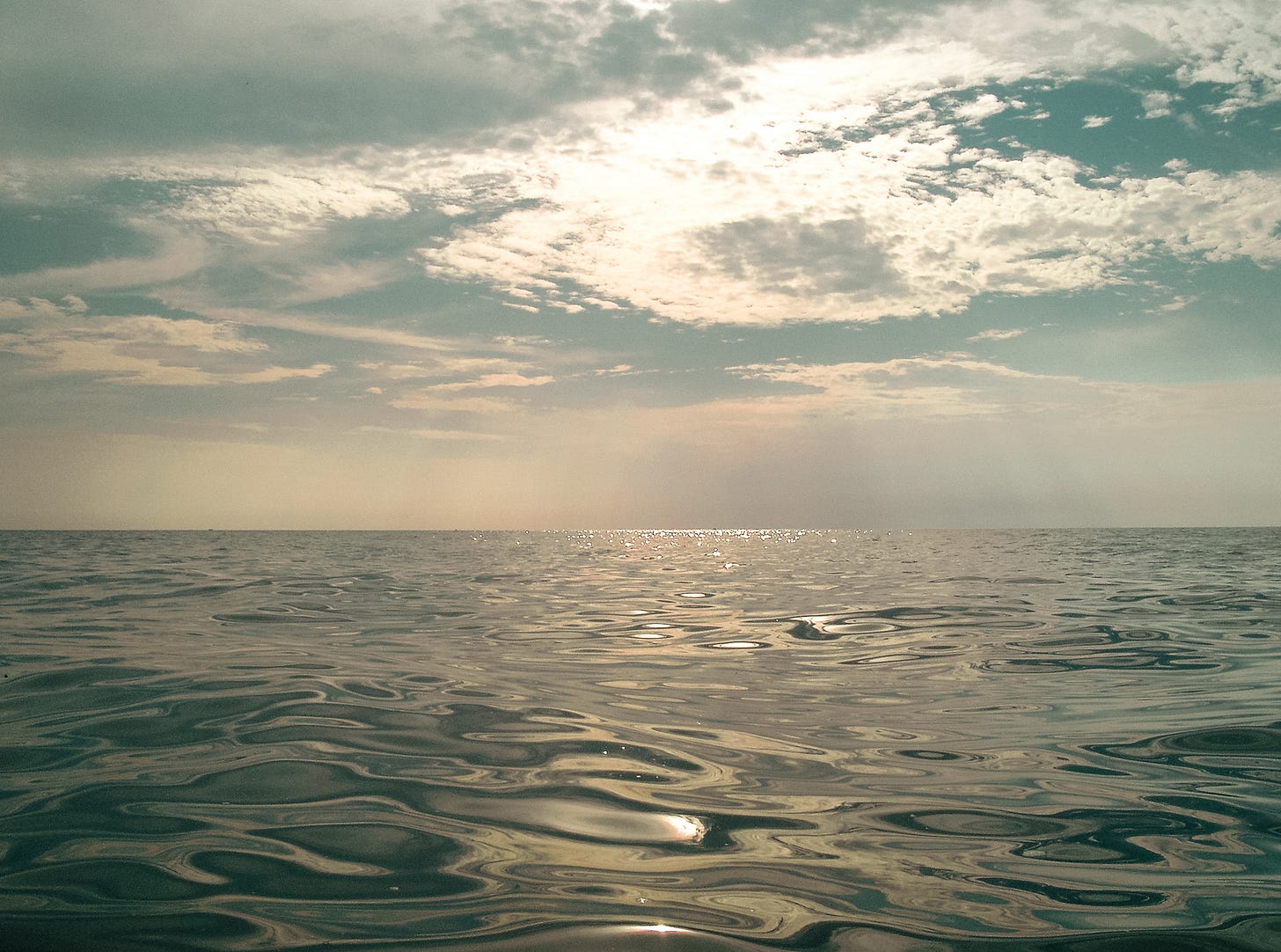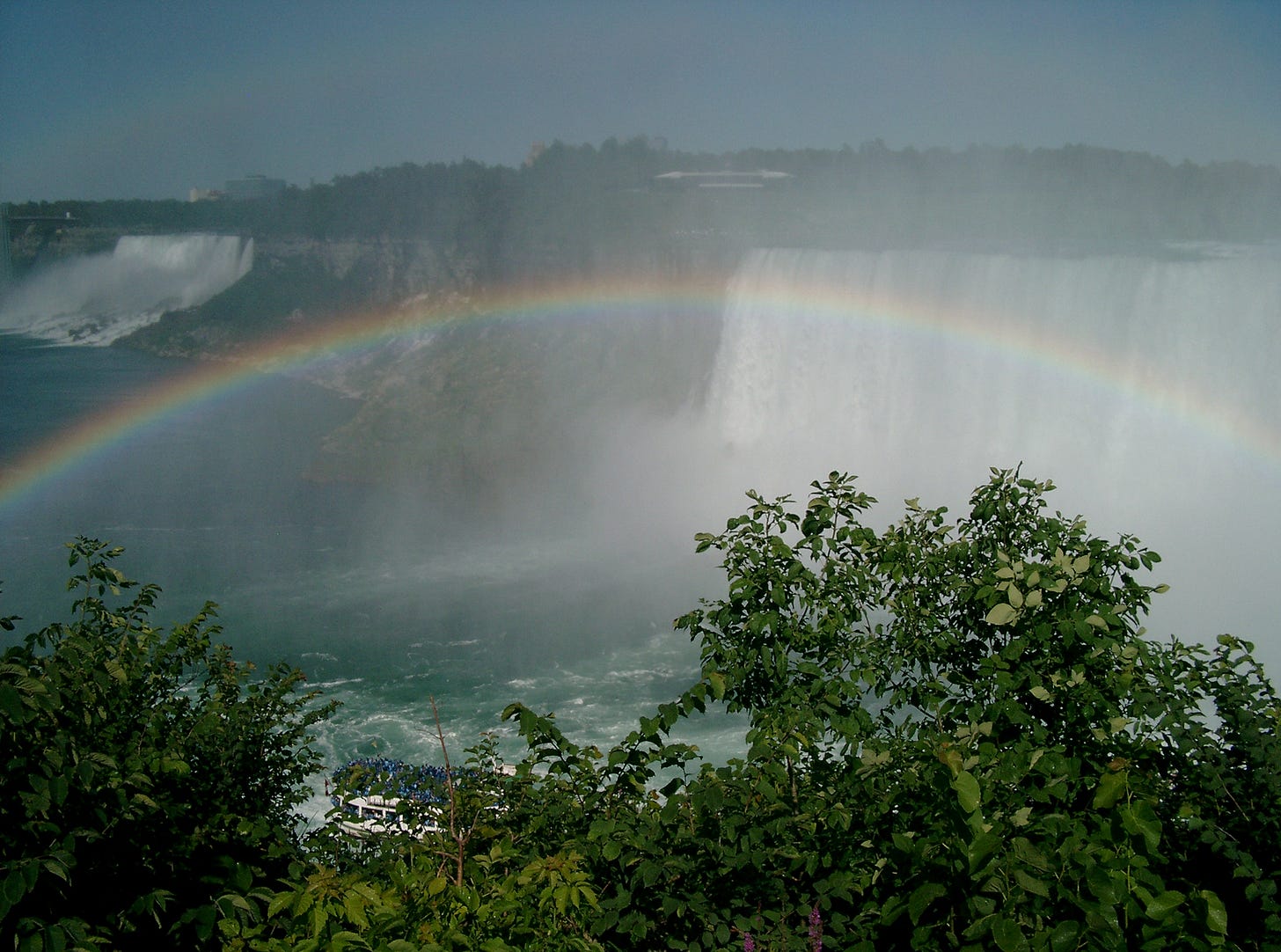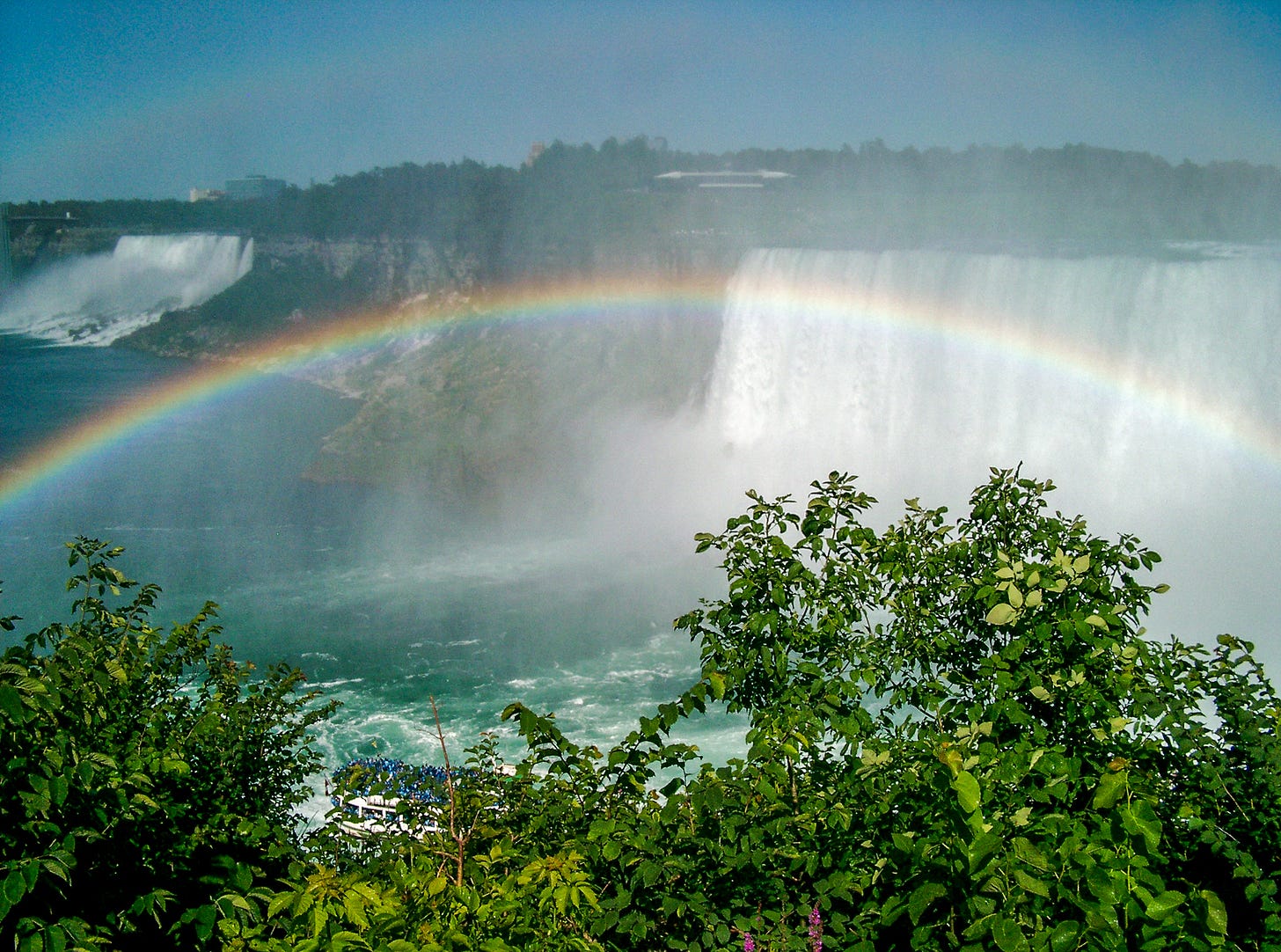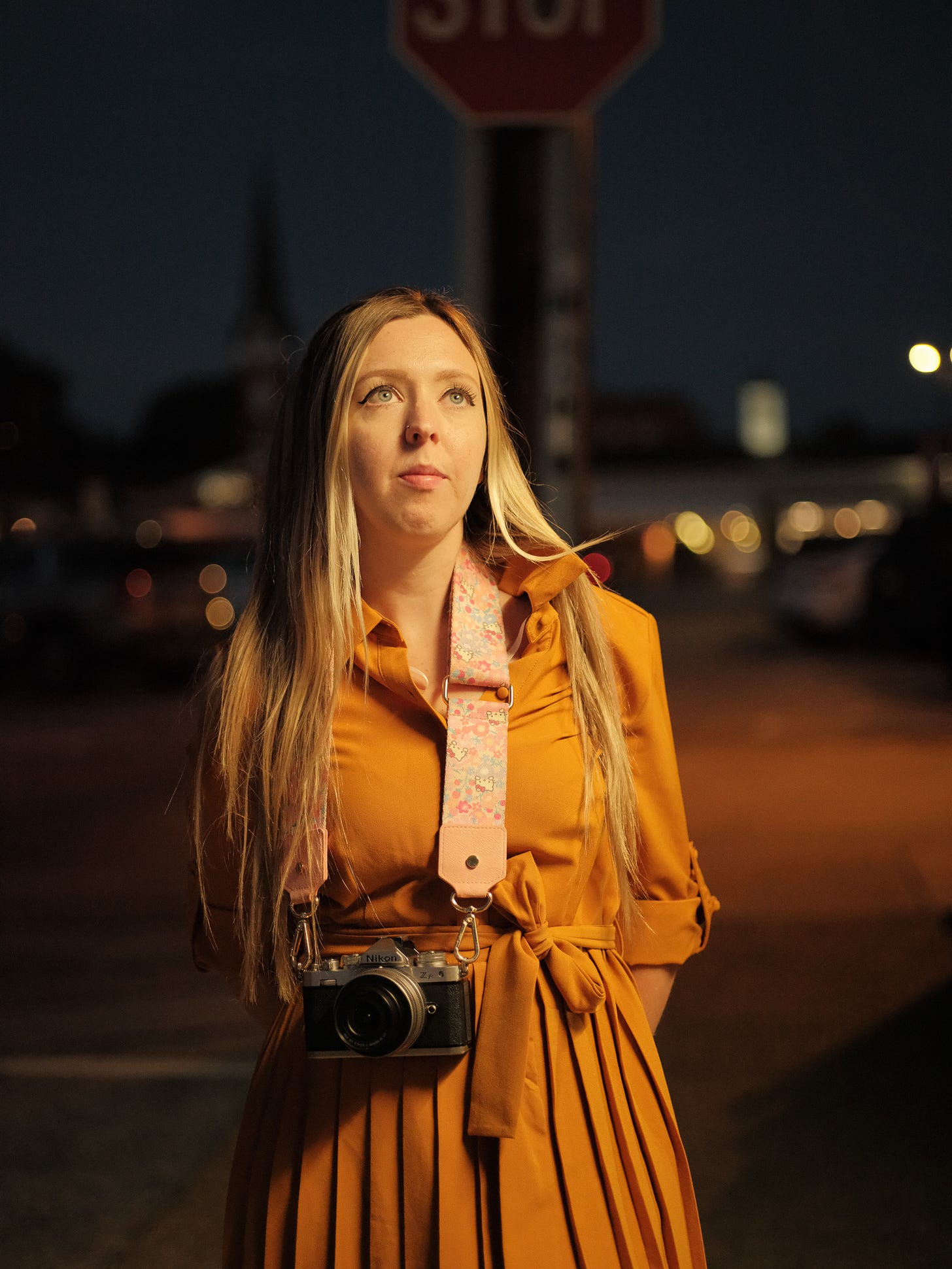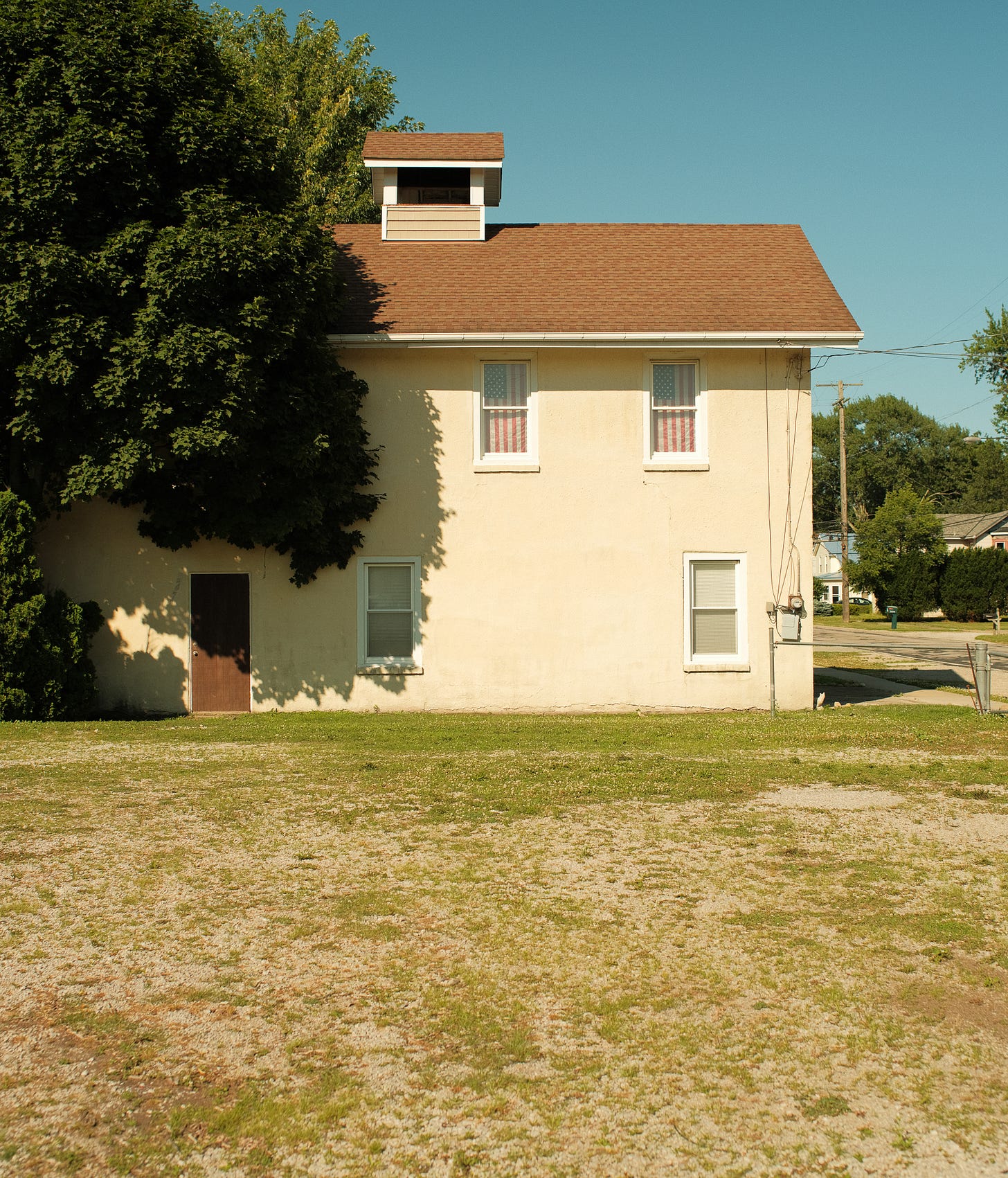Okay, click-baity title - you should definitely still be shooting RAW files, but I wanted to talk a bit about how you might not NEED those RAW files for every single shot you take. Hear me out, okay?
Out of camera JPEG from the Nikon Z8 set to Vivid profile
Let’s get this over real quick to start with.
RAW files contain a whole ton of unaltered data for the captured image. A flat image, which will often look nothing like what you saw on your camera screen. This confuses some people when loading up RAW images for the first time.
JPEG files compress that data quite a bit, and bake in profiles, color effects, whatever, and result in loss of data for editing later. These are the “what you see on your camera screen” files.
That’s the simplest way to break it down without going into all of the technical bits.
When digital photography started gaining traction in the late 1990s and early 2000s, JPEG was the king — and not because it was good, but because it was small. Early cameras had to cram limited data through processors that were barely more powerful than a cheap calculator. As a result, the JPEGs produced back then were riddled with compression artifacts, poor dynamic range, and detail loss that could make even the most careful shot fall apart under any real editing. Additionally, it wasn’t until about the year 2000 that true RAW files in digital cameras started being introduced for professionals where a NASA budget wouldn’t be required to work with the files. Still though, it wasn’t until 2004-2005 when more popular RAW formats started hitting the mid-range market, and RAW files really started taking off. Only a couple years later, between Adobe Camera Raw (released in 2003) and the introduction of Lightroom in 2006, RAW editing became easier for people to work with, and more accessible to photographers of all different skill levels.
This gave photographers a way to be sure they were editing a file containing as much information as possible, giving them the ability to shape the image more than you could with a JPEG.
But today? It’s a whole different world. Maybe we don’t always need that RAW file, especially with brands like Fuji catering heavily towards people who want to get a great straight out of camera (SOOC) JPEG file, where minimal editing is needed.
The Nature of JPEG: Still the Same, But Different in Practice
First off, let’s get this clear: the JPEG format itself hasn’t really changed. It's still based on the same compression technique — the Discrete Cosine Transform (DCT) method — that was finalized way back in the early 1990s.
What has changed is the power behind how cameras create JPEGs.
Modern sensors capture more dynamic range and cleaner color at the start.
New processors inside cameras are smart enough to prioritize important detail (like edges and textures) while hiding compression loss in less critical parts of the image.
Noise reduction and sharpening algorithms have gotten so advanced that even heavily compressed JPEGs from a 2025 camera often look leagues better than lightly compressed ones from 2005.
In other words, cameras today are better at masking the flaws of JPEG compression, even though the fundamental file type hasn't evolved much.
JPEGs have been around for decades, and if you spent any time editing files from older cameras, you know just how quickly those images could fall apart. Pull the shadows a little too much, push the contrast, or adjust the colors, and it wasn’t long before the file showed its limits. Blocky artifacts, smudged details, and banding would creep in almost immediately.
Out of camera JPEG from a Pentax Optio 430RS released in 2002
Less megapixels and heavier compression in earlier digital cameras
Niagara Falls on the Pentax Optio 430RS released in 2002 - Photo taken in 2006
That same file edited in Lightroom 19 years later. It might be hard to see here but there is a lot of blockiness in the sky, as well as shadow areas. Still though, this edited a lot better than I expected, which actually kind of drives the point that JPEG can be totally acceptable for many walk around, out and about photos. Anyway…
In the early digital years, JPEGs were largely a byproduct of hardware limitations. Sensors captured far less dynamic range, processors had limited power to clean up noise or fine-tune compression, and the entire focus was often just on keeping file sizes small. The results were files that worked for casual snapshots but left little room for serious editing.
Today’s cameras, even in entry-level models, are working with vastly more information than cameras were 15 or 20 years ago. Sensors produce cleaner, more detailed images with less noise, and the processing engines in modern cameras can handle far more sophisticated operations in real time. Cameras now apply far smarter noise reduction, sharpening, and tonal adjustments before they ever generate the final JPEG. The result is a file that might still technically be "compressed," but it holds up far better when pushed and pulled in editing — and often looks beautiful straight out of the camera. Looking at you especially, Fuji.
Straight out of camera JPEG from the Fuji GFX50s using a Fuji film simulation profile/recipe
Fujifilm recognized something that most manufacturers didn’t prioritize: that not everyone wants to spend hours post-processing RAW files for every single image they shoot. They invested heavily into creating a JPEG engine that didn't just pump out technically acceptable files — they built one that aimed to create truly beautiful images, directly from the camera.
Their secret weapon is a deep understanding of color science, rooted in their long history of manufacturing photographic film. Instead of simple "vivid" or "neutral" styles, Fujifilm’s cameras come loaded with carefully designed film simulations that emulate classic stocks like Velvia, Provia, Astia, and Acros. These simulations don’t just tweak color saturation or slap on a curve — they subtly shift tonal relationships, color balance, and micro-contrast to recreate the feel of shooting real film.
On top of that, Fujifilm gives you some pretty extensive control. You can adjust highlight tones, shadow depth, color saturation, sharpening strength, noise reduction levels, and even fine-tune the white balance shifts — all within the camera. You can create your own custom looks and save them as presets, crafting an image that matches your vision before you ever press the shutter.
It’s not just marketing. It actually works — and it’s changed how many people approach their photography.
Why Some Photographers Are Choosing JPEG Over RAW (Or Just Shooting JPEG + RAW)
There’s no doubt that RAW files are still the gold standard when it comes to maximum flexibility, and JPEG files aren’t replacing that. They store unprocessed, uncompressed sensor data (with some newer cameras also offering compressed RAW that maintains data structure incredibly well), allowing for extreme adjustments in exposure, white balance, and detail recovery that JPEG simply can’t match. Even the compressed RAW of today’s cameras have barely any loss of data, and it only becomes noticeable to those who really examine every bit of their editing, or for those who NEED the extra data depending on what type of photography they’re doing. Most of us though? We won’t ever notice the difference.
But when in-camera processing has become so much better in recent years, many photographers find that shooting JPEG, or shooting RAW + JPEG together (the smart option, let’s be honest), offers real-world advantages that outweigh the traditional "RAW or nothing" mentality. Most notably, less time spent editing those photos of your dogs playing in the backyard, or your friend’s birthday party, just to make the images look “good.” We should all be focusing our time where it matters most, and let’s be honest, we don’t need to spend that time working on images that don’t directly relate to our main body of work as photographers. Put that time into the work making it into your portfolio.
Shooting RAW + JPEG allows you to have the best of both worlds:
The JPEG is often good enough to use immediately. With Fuji’s film simulations and color profiles, it’s not just usable — it’s beautiful, and often captures the look you intended without the need for heavy editing anyway.
The RAW is there if you need it. If a shot needs more recovery than a JPEG can handle — if the lighting was difficult, or if you later decide you want a different interpretation — the RAW file gives you that safety net. So hey, just shoot RAW + JPEG, then you have both.
Especially with Fuji files, photographers often find that the JPEGs feel more "finished" than what they would have created starting from scratch with the RAW file anyway. The SOOC look carries a character and cohesion that can be difficult to replicate manually. Fuji really nailed it with those files.
Straight out of camera JPEG from the Fuji GFX50s using an adapted Mamiya 645 80mm 2.8 lens
Additionally, if you still want that starting point when editing your RAW file, you can also choose the specific camera profile you used within lightroom, which will allow you to start from that “look” even with your RAW images, should you want to do more heavy-handed editing.
Still though, today’s JPEGs are fairly moldable in the way of light shadow recovery, and some additional color editing.
Today, shooting with JPEGs in mind isn’t just about convenience or file size needing to stay small for storage purposes. I mean, a 1tb drive is the price of a few Starbucks coffees and can fit in your pocket. But, it changes the mindset behind the shoot itself.
Rather than relying on heavy editing later, you’re encouraged to make your creative decisions at the time of capture — choosing your color palette/color profile, adjusting your tones, and committing to a vision that you see on your camera screen.
Of course, this approach doesn’t suit every type of work. Commercial photography, where precise color control and retouching flexibility are critical, still leans heavily on RAW workflows. But for street photographers, travel photographers, documentary shooters, and many personal projects, the SOOC JPEG workflow can be liberating. It puts the focus back on seeing, composing, and creating in the moment — not trying to "save" a file later.
Years ago, JPEGs were something you settled for if you didn’t want to shoot RAW, or if you needed smaller file sizes. They were convenient, but hardly inspiring.
Today, that’s no longer the case. Thanks to better sensors, smarter compression, and companies like Fujifilm treating JPEG generation as an art form rather than an afterthought, JPEGs can now stand proudly on their own.
The format may be the same, but the possibilities it offers have expanded in ways that would have been hard to imagine twenty years ago.
So as a final thought to end this article - yes, you should be shooting RAW, but why not shoot RAW + JPEG? Most any camera will offer that option today. That way, you have the RAW file if needed, but there’s really no need to spend an hour editing that photo from the walk around your neighborhood you took last evening. Okay, maybe there is a reason depending on the image, but you know where I’m going with this, so let’s not pick away at it.
